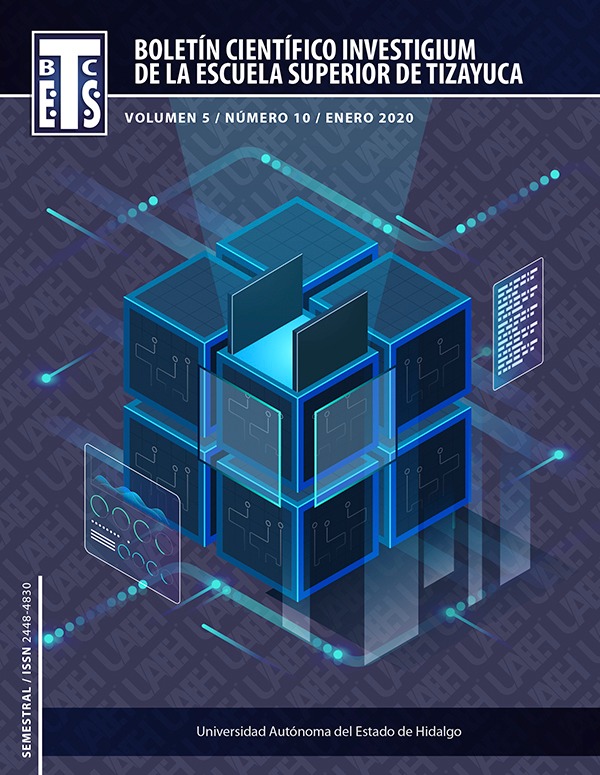The field of urban art and its social function in education, a case study, in the collective “Toy nunca pego”, in Pachuca de Soto, Hidalgo
Abstract
Urban art is considered as a way in which society is represented, since it has developed different social functions, at times, by the recognition of the members of the collective, by sharing and reproducing a system of meanings that have allowed to configure an artistic position alternates with the academic practice that develops within the social structure in the terms of the "institutional".
The social functions of the urban art respond to the need of its members to claim their social position, returning to the concept of "Field", in the terms of Pierre Bourdieu, urban art responds to a type of "field", to be considered a space of power (Bourdieu, 1983), it should be mentioned that the functions are marked transgressors to public order by representing a stigmatized social group and therefore, excluded from the "institutional". Finally, a possible social function is proposed, which is taken from the Critical Pedagogy, taking urban art as a field of power in which a social stigma is assimilated, however, that by its social and probably educational reproduction, can be included as a type of "institutional" formal knowledge framework, related to an integral artistic education.
The analysis is developed, in the collective Toy Nunca Pego, the information gathered represented an important part for being a collective recognized by the transcendence of the works of its members, when performing a reconstruction of human practices that institutional education often ignores, enabling the categorization of the urban artistic movement as a field of power.
Downloads
References
Bou, L. (2010), Graffiti Streets Full Of Art. IJB Ediciones. no. P. 352.
[Disponible en:
https://canal.uned.es/uploads/materials/resources/pdf/3/4/1352974075143.pdf].
Bourdieu, P. (1977), La ilusión biográfica. Razones prácticas. España, Anagrama, colección Argumentos.
Bourdieu, P. (1983) Campo de poder, Campo intelectual: Itinerario de un concepto, ed. Montressor, Buenos Aires: Argentina
[Disponible en: http://ceiphistorica.com/wp-content/uploads/2016/01/bourdieu-campo-de-poder-campo-intelectual.pdf].
Bourdieu, P. y Passeron J. (1996). La reproducción. Elementos para una teoría del sistema de enseñanza, México, Fontamara.
[Disponible en: https://socioeducacion.files.wordpress.com/2011/05/bourdieu-pierre-la-reproduccion1.pdf].
Buil, R. (2005) Graffiti, arte urbano. Educación, cultura e identidad en la modernidad. UPN Colección Educarte: México.
Canclini, N. (1990) Culturas Hibridas, estrategias para entrar y salir de la modernidad, ed. Grijalbo
[Disponible en: https://cbd0282.files.wordpress.com/2013/02/culturashibridas.pdf].
Goffman, E. (2006) Estigma, La Identidad Deteriorada. ed. Amorrrortu editores. P. 12 – 14
[Disponible en: https://sociologiaycultura.files.wordpress.com/2014/02/goffman-estigma.pdf].
Mandel, C. (2007) Muralismo mexicano: arte público / identidad / memoria colectiva, Revista Escena, no. 30, P. 37 – 54, Universidad de Puerto Rico
[Disponible en: https://revistas.ucr.ac.cr/index.php/escena/article/viewFile/8181/7784].
McLaren, P. (1998). La vida en las Escuelas: una Introducción a la Pedagogía Crítica en los Fundamentos de la educación. México, ed. Siglo XXI.
[Disponible en:
Simmel, G. (2002). Cuestiones Fundamentales de Sociología. Barcelona: Gedisa.











